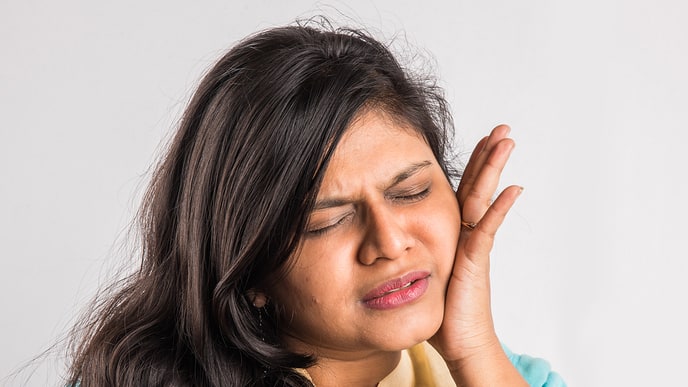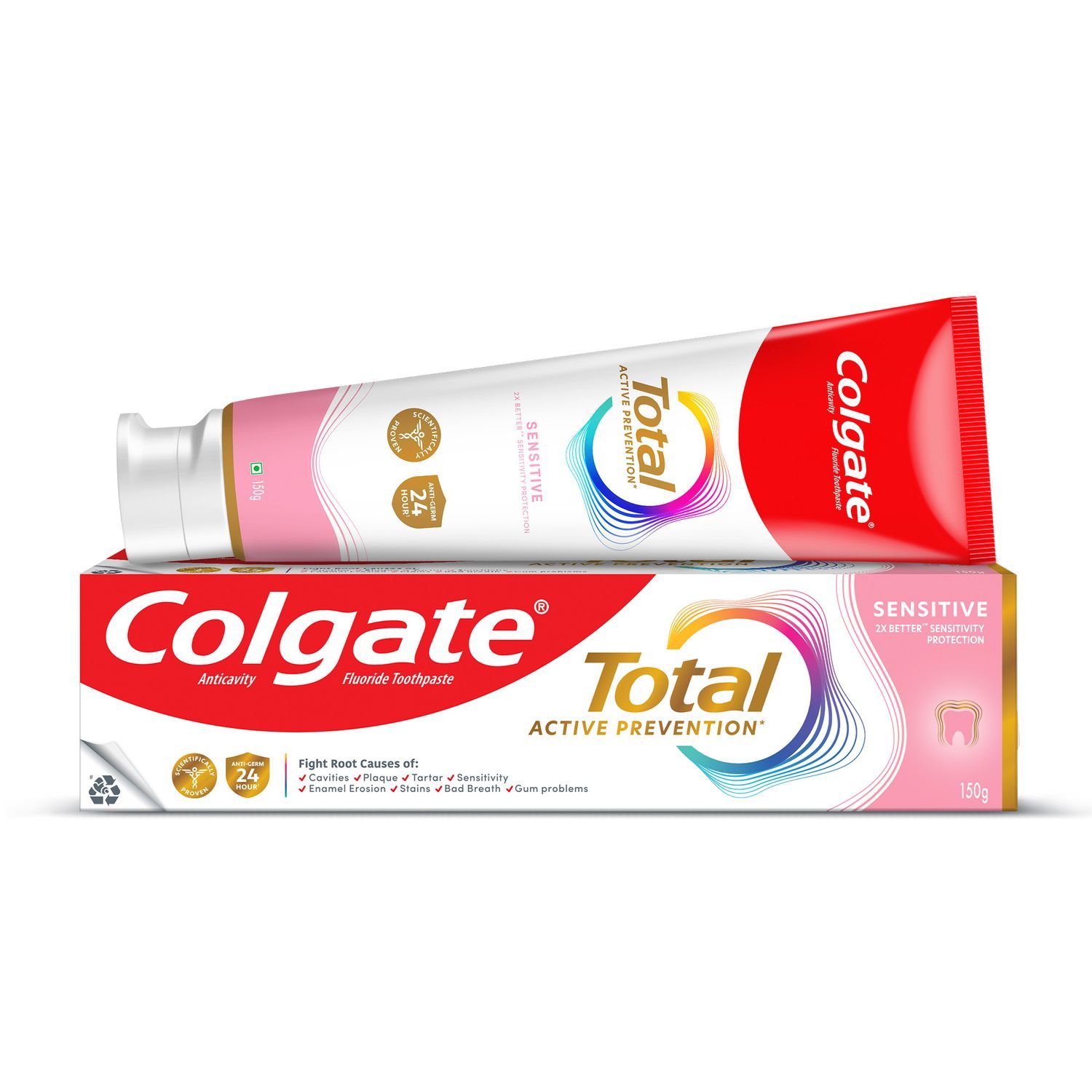How Do Retainers Work?
Orthodontic treatment uses gentle pressure to move teeth, adjust jaw growth, and retrain mouth muscles. Orthodontia devices can be either fixed or removable. An example of a fixed appliance is braces. In contrast, retainers can be either fixed or removable. You'll wear your retainer on the roof of your mouth or over your teeth, and it will do the critical job of making sure your teeth, which were already corrected by braces, don't shift back to their original position.
An orthodontist cements a fixed retainer to the backs of your teeth. While the two most common types of removable retainers, the Hawley and the Essix, you can remove from your mouth on your own. If you're getting a fixed retainer, you'll be cleaning it like you would clean your mouth during your regular rigorous oral care routine. You should brush your fixed retainer when you brush your teeth. Use floss threaders to clean the spaces between your teeth and metal. If you've already had braces, then you should be used to floss threaders!
But when determining how to clean your removable retainer, the first step is to identify which retainer you have:
Hawley Retainers
A Hawley retainer is moulded to fit the roof of your mouth and stabilise your teeth after orthodontic treatment. The plastic and metal used to make this type of retainer are susceptible to heat distortion and impact damage, so it's essential to handle your Hawley retainer with care. Make sure to clean it daily to remove bacteria and food particles. However, avoid rinsing it with hot water or exposing it to heat. Instead, clean your retainer by gently brushing with a soft-bristled toothbrush under cool to lukewarm water. You should also periodically soak it in a cleaning solution similar to a denture cleanser. And when you're not using it, we recommend that you store your retainer in its protective case.
Essix Retainers
An Essix retainer is a transparent plastic covering your teeth, making it less noticeable than other retainers. Like the Hawley retainer, the removable Essix retainer is explicitly moulded to your unique mouth and keep your teeth straight and aligned following orthodontic treatment. But did you know that they're also used as an alternative to braces? If you're instructed to wear your Essix retainer while you sleep, it's best to rinse it with cool water at night before putting it in your mouth, then rinse it again when you remove it. And if you're instructed to wear your Essix retainer when you eat, use a soft toothbrush to gently clean it after every meal.
Drinking liquids other than water while wearing your Essix retainer, especially coloured beverages like coffee, red wine, and tea, may cause staining. And don't brush your retainer with toothpaste, as its abrasive ingredients may scratch it. Like the Hawley retainer, we suggest keeping your Essix retainer away from hot water, as it may cause shrinking. Beyond the daily care of your Essix retainer, we recommend washing it with a special cleaner every two to three months. Your orthodontist will recommend the appropriate cleaning solution.
Keeping Retainers Clean
Just like on the surfaces and in the cracks of your teeth, bacteria, plaque, and tartar can collect on your retainer too. Sticky and colourless, plaque is a film of bacteria and sugars that is the primary source of cavities and gum disease if left to settle on your teeth. If not removed with an excellent oral care routine, plaque may harden into tartar, which can only be removed by a dental professional.
This article is intended to promote understanding of and knowledge about general oral health topics. It is not intended to be a substitute for professional advice, diagnosis or treatment. Always seek the advice of your dentist or other qualified healthcare provider with any questions you may have regarding a medical condition or treatment.
ORAL HEALTH QUIZ
What's behind your smile?
Take our Oral Health assessment to get the most from your oral care routine
ORAL HEALTH QUIZ
What's behind your smile?
Take our Oral Health assessment to get the most from your oral care routine













